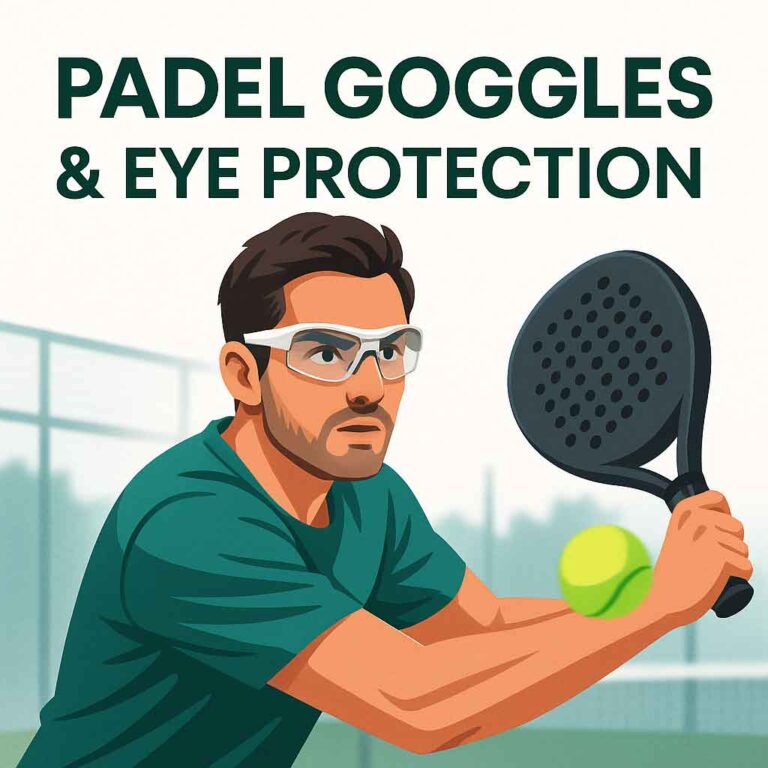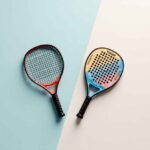Want a shortcut? Take a quiz and find your perfect Padel Racket in 30 secs.
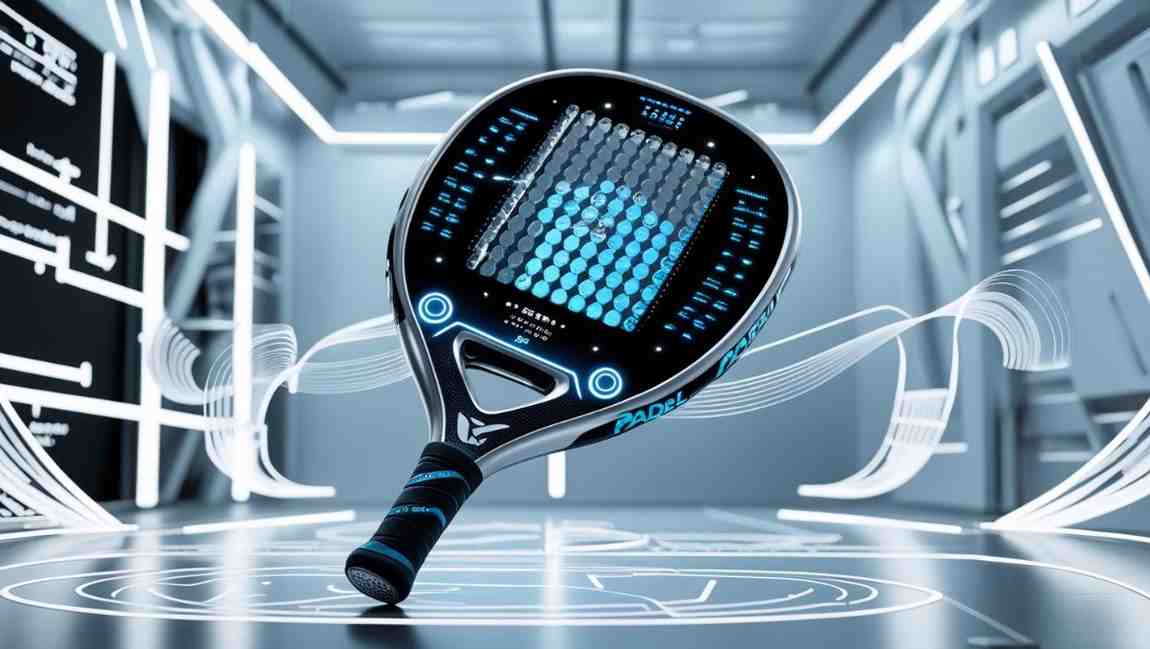
Future of Padel Rackets: Top Innovations & Emerging Trends in 2025
The future of padel rackets is all about lighter builds, innovative technology, and eco-friendly designs. Brands are pushing innovation with materials like carbon fiber and graphene, aerodynamic frame changes, and even sensor-equipped smart rackets.
These changes aren’t just hype—they’re shaping how players improve, compete, and enjoy the game. From 3D printing to sustainable frames, the next generation of rackets is built for performance and personalization.
Want to know which trends to watch and how they’ll impact your game in 2025? Keep reading to see what’s ahead and get a head start on tomorrow’s padel gear.
What’s Driving the Future of Padel Rackets?
Padel racket innovation is driven by player demand for more power, better control, and a personalized feel. The future of Padel rackets includes smart tracking features, lighter materials, and AI-based performance tools. Modern players expect rackets to match their style, strength, and even comfort preferences, pushing brands to upgrade materials and tech features.
A significant shift is toward lighter, high-performance frames that utilize carbon fiber and graphene. These not only reduce arm strain but also offer faster swings. New shapes and hole patterns also help players adjust spin, shot placement, and swing speed more precisely.
Another factor? Sustainability. Eco-conscious players are demanding recyclable or responsibly sourced materials, and brands are responding.
Want to explore top rackets built with future-ready materials? Check out our guide to the 5 Best Carbon Fiber Padel Rackets
Key Trends in This Shift:
- Focus on arm-friendly design for injury prevention
- Smart sensors for real-time feedback
- Customizable weight and balance systems
- Recyclable frames and non-toxic resins
Are you curious about how smart tech is entering the padel world? We cover that next—scroll on.
How Are Smart Technologies Changing Padel Rackets?
Innovative technology is revolutionizing how players train and compete in padel. Some new rackets are now equipped with built-in sensors that track speed, spin, shot type, and even your playing style.
These smart padel rackets connect to mobile apps through Bluetooth. Players can view real-time data, analyze their weaknesses, and refine their technique with digital coaching insights. One exciting part of the future of padel rackets is the rise of smart sensors that track swing speed and impact zones.
This trend is expected to grow rapidly in 2025 as more brands launch sensor-integrated rackets. While most options are still in development or premium-only, mid-range models with innovative features are already entering the market.
Innovative Features to Look For:
- Motion sensors for tracking swing direction
- Power analytics and sweet spot detection
- Mobile app syncing for match performance reviews
- USB or wireless charging ports
Want a sneak peek at upcoming models? Browse these trending innovative racket launches on Amazon — bold innovation is just getting started.
Ready for More?
- Best Nox Padel Rackets
- Nox vs Wilson: Which Padel Racket Brand is Better in 2025?
- Best Padel Rackets for Spin and Control
- Why Do Padel Rackets Have Holes
- Head vs Nox: Which Padel Racket Brand is Best for You?
- Why Do Some Padel Rackets Cause Elbow Pain & How to Fix It?
- How to Store Your Padel Racket Properly to Prevent Damage
Materials That Will Define Next-Gen Padel Rackets
Future padel rackets will rely on cutting-edge materials for better strength, flexibility, and control. These updates aim to reduce injury risk, increase swing speed, and improve durability across all skill levels.
Carbon fiber remains the top material for high-performance rackets, but new blends, such as 3K, 12K, and 18K carbon, offer even greater precision and control. These variants differ in stiffness, vibration dampening, and ball impact response.
Other advanced materials, such as graphene and fiberglass hybrids, are also growing in use. Graphene adds power without extra weight, while fiberglass helps players who prefer a softer touch.
Brands are also investing in eco-friendly materials, such as plant-based resins and biodegradable frames, in response to growing global demands for sustainability.
Emerging Material Innovations:
- Multi-layer carbon construction for balance & control
- Kevlar-infused frames for shock absorption
- Bio-resins and green packaging for eco-conscious players
Pro tip: When buying, check if the racket uses high-density carbon or a mix with fiberglass—this combo balances power and precision beautifully.
What to Expect from Padel Racket Designs in 2025?
Padel racket design is getting smarter, sleeker, and more performance-driven. In 2025, we’ll see rackets with aerodynamic shapes, ergonomic grips, and frame structures that reduce air resistance and boost swing speed.
Brands are also working on vibration control zones built directly into the frame. These help reduce wrist strain and improve feel during long rallies. Additionally, many rackets are being tailored for specific playing styles, such as spin-focused frames or models optimized for control near the net.
Expect more color personalization, UV protection coatings, and 3D grip textures to boost comfort and stability. Some companies are even testing adjustable weight systems, letting you tweak your racket’s balance based on your game.
Want a padel racket that suits your unique play style? Check out our Best Defensive Padel Rackets to match your control game with future-ready designs.
Design Trends to Watch:
- Lightweight frames with speed-enhancing cuts
- Built-in anti-vibration zones for wrist comfort
- Customizable grip shapes and colors
- Dual-layer textures for superior grip in sweaty conditions
Tip: When shopping, don’t just go by looks—focus on new design elements that improve real-time performance.
How AI and Data Are Reshaping Racket Development
These days, artificial intelligence plays a significant role in the development of padel rackets. Leading brands are leveraging AI to analyze player data and optimize racket performance in real time.
Motion sensors, swing trackers, and heat-mapping tools are helping brands create more precise sweet spots, shock-absorbing frames, and custom weight distributions based on playing style. Some companies even use AI simulations to test hundreds of racket prototypes virtually, saving time and delivering better rackets to market.
Expect new models with smart sensors that track your shots, offer coaching feedback, and sync with your mobile device. These data-driven rackets are ideal for competitive players seeking to improve their game more quickly.
Want to stick with tech-backed performance? Our guide on Best Padel Rackets will help you stay ahead in every match.
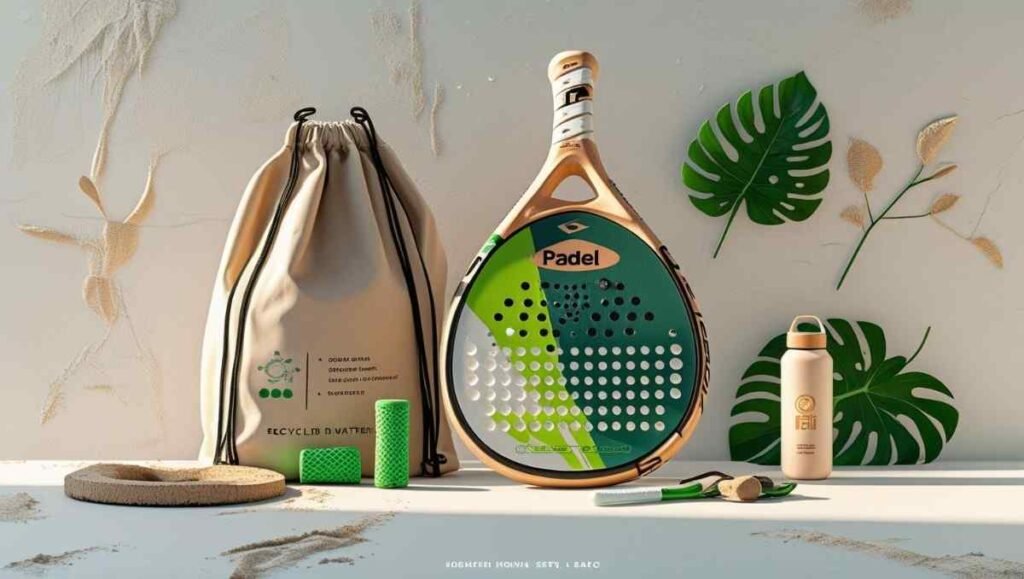
Sustainable Innovation: How Eco-Friendly Rackets Are Changing the Game
Eco-conscious design is a major driver in the future of padel rackets. Brands are responding to environmental concerns by creating racks using recycled carbon fiber, biodegradable resins, and low-impact production techniques.
These sustainable rackets still deliver top-tier performance, with many offering the same power and durability as traditional models. Some companies also reduce packaging waste and carbon emissions by utilizing solar-powered facilities and implementing reusable packaging.
In 2025, you’ll see more players choosing eco-friendly padel rackets not just for the planet, but for their excellent balance, lightweight feel, and long-lasting quality.
Eco-friendly features to look for:
- Recycled or sustainably sourced carbon materials
- Non-toxic paints and adhesives
- Energy-efficient manufacturing processes
What’s Next? Predictions for the Future of Padel Rackets (2026 and Beyond)
Customization will play a significant role in the future of padel rackets, enabling players to find rackets tailored to their game style. Brands are investing in cutting-edge technology to push the limits of design, player feedback, and performance enhancement.
We expect to see rackets with built-in vibration control, AI-assisted grip adjustments, and even materials that adapt to your playing conditions, like shape-memory composites that flex based on force or temperature.
Manufacturers may also launch subscription-based upgrades, where players receive the latest racket heads or grips every season, just like software updates.
For players seeking performance and longevity, our review of the Best Padel Rackets for Kids Features to Look For breaks down which current rackets are built to evolve with tech.
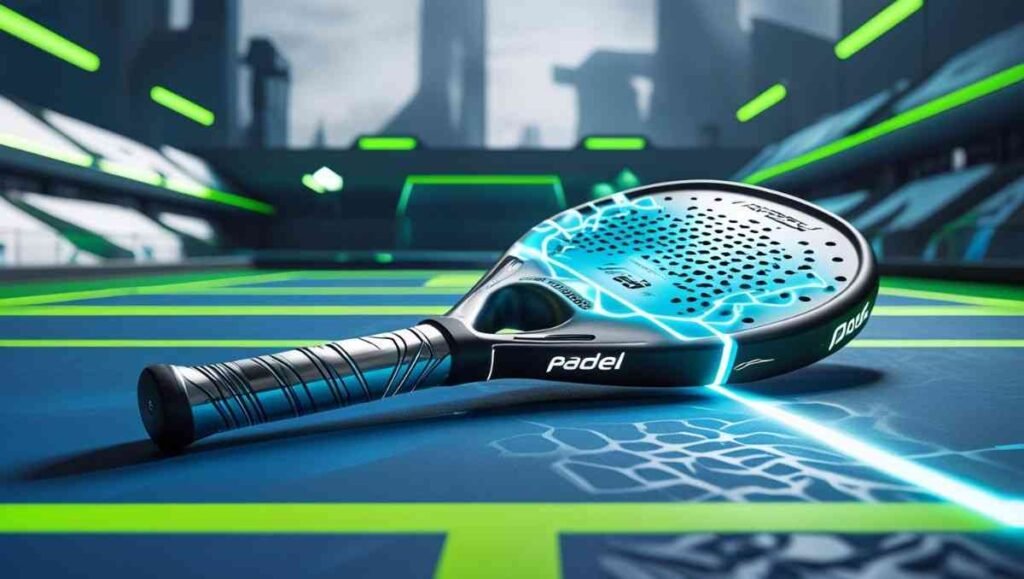
Conclusion – Ready for the Next Generation of Padel Rackets?
The future of padel rackets is bright with innovation, design updates, and innovative features that help players improve. From carbon fiber frames to smart tech integration, the gear you use is no longer just about hitting the ball—it’s about enhancing your strategy, comfort, and long-term performance.
If you’re still playing with outdated equipment, you’re likely missing out on the innovations that modern players are already using to win. Features like vibration dampening, AI-powered tracking, and eco-friendly construction aren’t the future—they’re today’s winning edge.
Ready for More? You’ll Love This Insight
- How to Choose the Right Padel Racket
- Best Babolat Padel Rackets
- Head vs Babolat: Which Padel Racket Brand is Better in 2025?
- How to Maintain Your Padel Racket for Maximum Longevity
- Best Padel Rackets for Women
- Best Padel Rackets for Men
- Nox vs Adidas – Which Padel Racket Brand is Right for You 2025?
- The Difference Between Fibreglass and Carbon Padel Rackets
- How to Replace the Grip on a Padel Racket
- Can You Use a Tennis Racket for Padel?
- Head vs Wilson: Which Padel Racket Brand is Better in 2025?
- Best Padel Racket Accessories
- Head vs Adidas: Which Padel Racket Brand is Best for You?
- Adidas vs Wilson: Which Padel Racket Brand is Better?
- The Evolution of Padel Rackets Over the Years
- Nox vs Babolat: Which Padel Racket Brand is Better in 2025?
FAQs
New Padel rackets feature smart sensors, vibration-dampening, AI performance tracking, and eco-friendly materials like recycled carbon fiber.
Yes, carbon fiber rackets offer better control, durability, and power, making them ideal for competitive or intermediate to advanced players.
Smart rackets are already entering the market. By 2025, features like built-in tracking and data analysis could become more widely adopted.
Modern rackets are made with carbon fiber, fiberglass hybrids, and biodegradable or recycled materials for better performance and sustainability.
Technology will drive custom racket fitting, lighter builds, and better shock absorption, enhancing comfort and shot accuracy.


